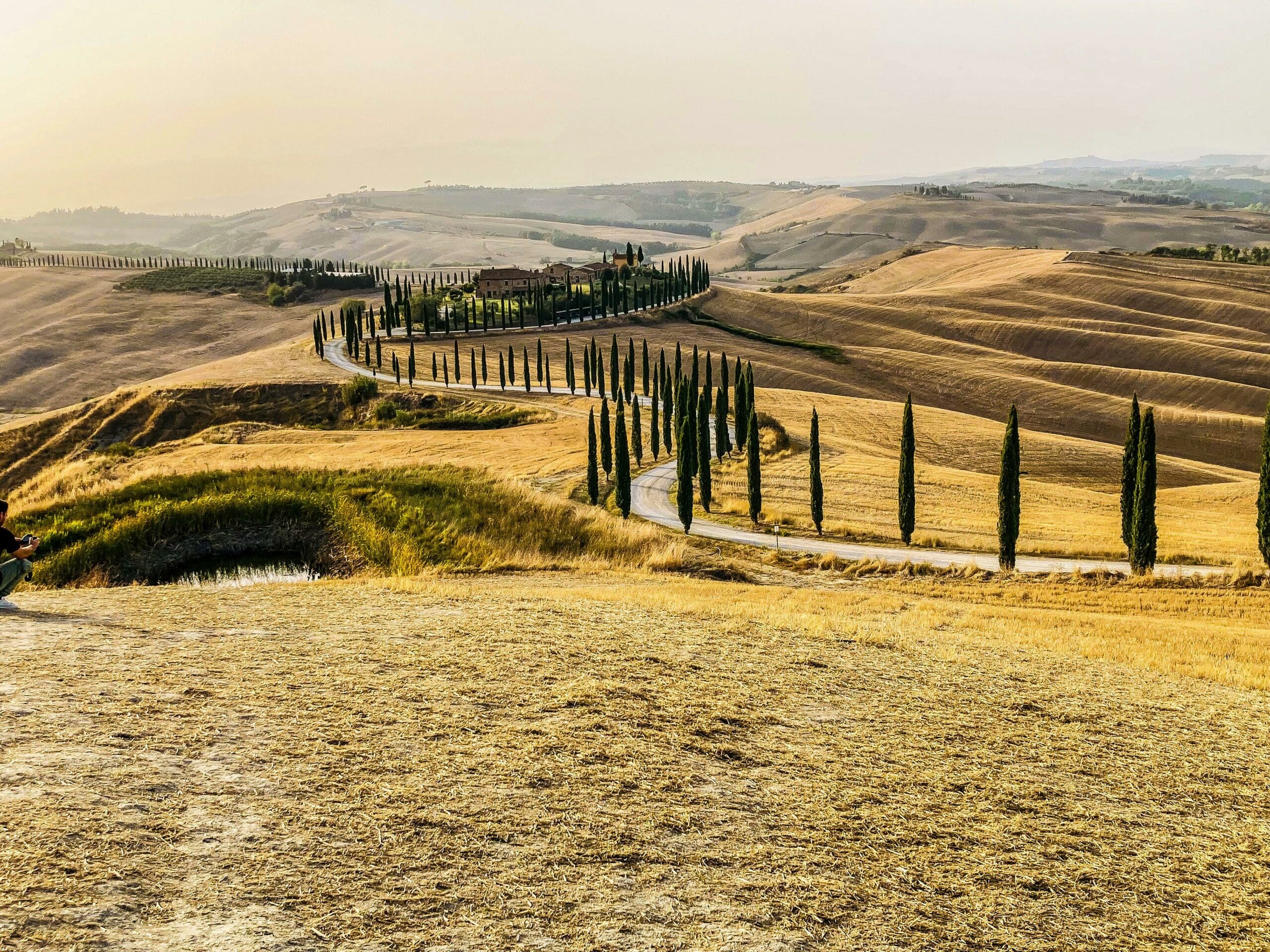
Swamps Facts for Kids – 5 Spectacular Facts about Swamps
Table of Contents
Some animals call swamps home! Let’s discover five spectacular swamps facts for kids.
Swamps Facts for Kids Fact Number 1: Wetland
Swamps are wetlands that are characterized by slow-moving or stagnant water and a variety of trees, shrubs, and other plants. The water in swamps can be fresh, brackish (a mix of fresh and salt water), or salt water depending on the location. Some of the common trees found in swamps are cypress, tupelo, and mangroves.

Swamps Facts for Kids Fact Number 2: Animals
Many different types of animals live in swamps, including alligators, snakes, frogs, and birds such as egrets and herons. Swamps provide a rich and diverse habitat for many species of fish, amphibians, reptiles, and mammals. Some animals such as alligators and crocodiles are specifically adapted to live in swamps.
Swamps Facts for Kids Fact Number 3: Natural Water Storage
Swamps play an important role in the ecosystem by helping to control flooding and providing habitats for many different species of plants and animals. They act as natural water storage, absorbing and slowly releasing excess water during heavy rainfalls, thus reducing the risk of flooding. They also provide important breeding, nesting and feeding grounds for many species.
Swamps Facts for Kids Fact Number 4: Urban Development
Many swamps were drained and cleared for agriculture and development in the past, but now they are being protected and restored to their natural state. Swamps were often considered as wastelands and were drained to make way for agriculture and urban development. But now, people have come to understand the importance of swamps for the environment and are taking steps to preserve and restore them.
Swamps Facts for Kids Fact Number 5: A Source of Natural Resources
Swamps are also known to be a source of natural resources such as timber and oil. Trees such as cypress, tupelo, and pine are harvested for timber, while oil and natural gas are often found beneath the swamp floor. However, it’s important to extract these resources in an environmentally responsible way to minimize the impact on the ecosystem.

We hope you enjoyed learning more things about swamps as much as we loved teaching you about them. Now that you know how majestic our planet is, you can move on to learn about other geography stuff like: Deserts, Ecosystems and Rainforests.
Why not subscribe to our LearningMole Library for as little as £1.99 per month to access over 3100 fun educational videos.


Leave a Reply